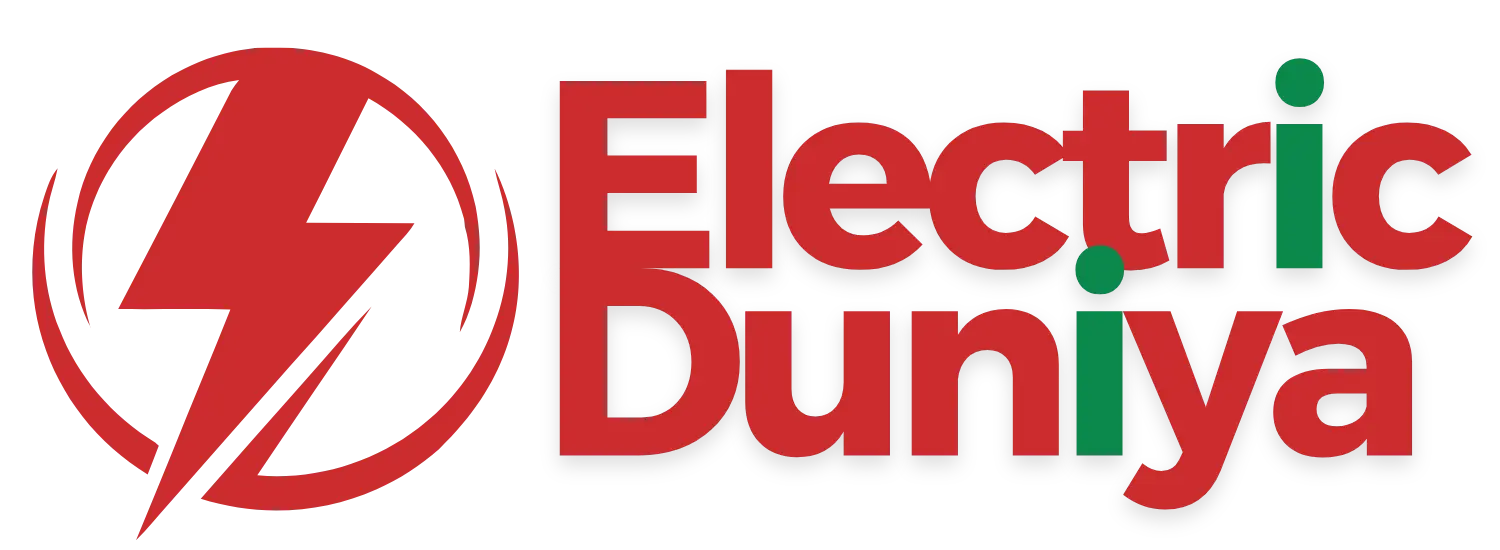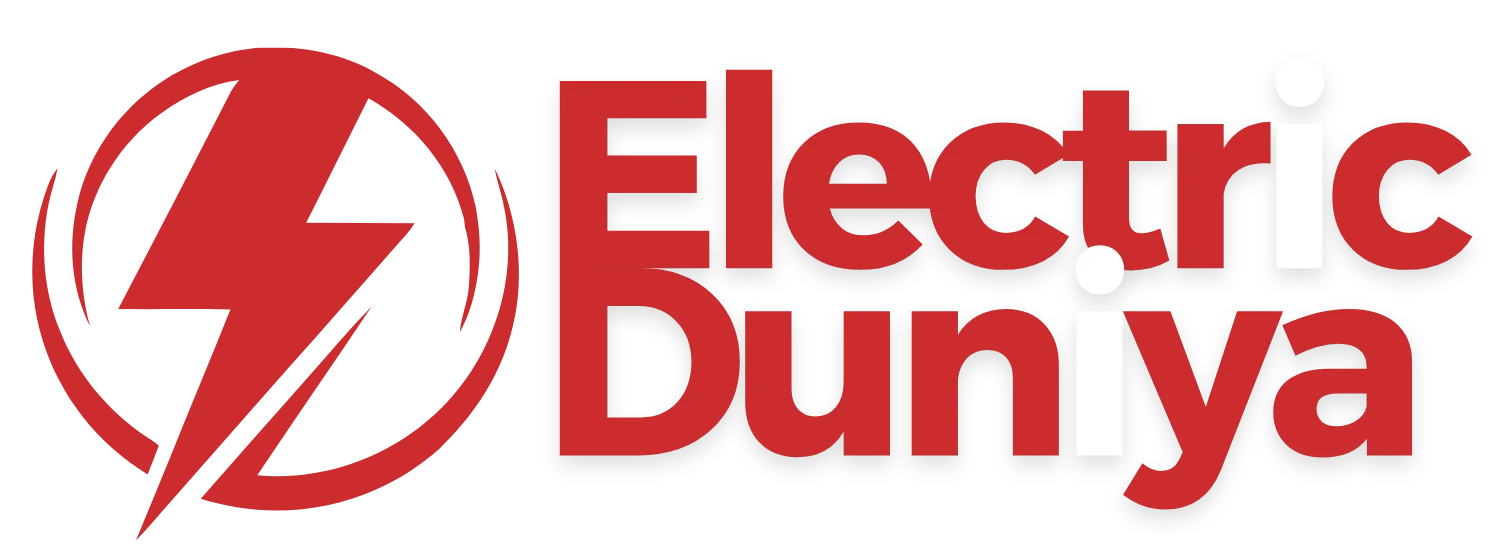DC Fast Charger
A DC Fast Charger is a high-powered electric vehicle (EV) charging station that delivers direct current (DC) electricity to an EV’s battery, enabling rapid recharging—typically in 20 to 45 minutes. It bypasses the onboard charger to feed energy directly into the battery at high voltage and amperage.
Overview
DC Fast Chargers (also known as Level 3 chargers or DCFCs) represent the backbone of rapid EV recharging infrastructure. Unlike AC chargers, which rely on an EV’s onboard inverter to convert electricity, DC fast chargers deliver current in a format directly usable by the battery. This results in significantly shorter charging times, especially for long-range electric vehicles.
DC fast charging is essential in supporting the growth of EV adoption by alleviating range anxiety, especially for highway driving, fleet operations, and commercial EV logistics. These chargers are increasingly integrated into public charging networks, rest stops, and urban mobility hubs to enable fast energy replenishment and promote electrification.
In the context of the EV revolution, DC fast charging stands out as a performance-driven innovation—bridging convenience with technological advancement.
How Does It Work?
A DC Fast Charger connects to a three-phase power source and converts AC electricity into DC before transmitting it directly into the EV battery. This conversion occurs within the charging station itself, which houses advanced power electronics and cooling systems to safely handle high voltages—typically ranging from 400V to over 900V, depending on the system and vehicle architecture.
When an EV plugs into a DC fast charger via connectors like CCS (Combined Charging System) or CHAdeMO, the system establishes communication between the vehicle’s Battery Management System (BMS) and the charger. Based on battery state-of-charge (SOC), temperature, and vehicle limits, the charger adjusts voltage and current dynamically to optimize charging speed and prevent overheating or battery degradation.
In most cases, a typical EV can regain 60–80% battery capacity within 30 minutes, making DC fast charging crucial for time-sensitive scenarios and long-distance travel.
Features of DC Fast Charger
High Power Output
DC fast chargers typically range from 50 kW to 350 kW. Higher wattage enables faster charging, especially in EVs equipped with larger battery packs and higher voltage systems like 800V architectures.
Universal Compatibility (via Connectors)
Modern DC chargers support multiple plug standards—such as CCS1/CCS2, CHAdeMO, and increasingly, NACS (Tesla’s North American Charging Standard). This interoperability enhances accessibility across EV brands and markets.
Intelligent Charging Control
Advanced software systems regulate power delivery based on battery health, ambient temperature, SOC, and charging history. Smart features include load balancing, demand response, and remote diagnostics.
Network Integration
Most DC fast chargers are connected to cloud-based platforms that allow real-time monitoring, payment integration, and predictive maintenance. Apps and RFID authentication also enhance the user experience.
Applications in EV
Highway and Intercity Corridors
DC fast chargers are strategically deployed along expressways and long-haul routes to support EV drivers during extended travel. This minimizes downtime and helps replicate the refueling convenience of ICE vehicles.
Urban Mobility & Fleet Charging
Electric taxis, ride-share vehicles, and commercial delivery fleets rely on DC fast charging to maintain operational uptime. Quick turnaround is especially valuable in high-density urban zones where time efficiency is critical.
Heavy-Duty and Commercial EVs
Electric trucks and buses require high-capacity batteries and frequent recharging. DC fast chargers with megawatt capabilities (in development through MCS – Megawatt Charging System) cater to the commercial EV ecosystem.
Workplace and Commercial Properties
As more companies adopt sustainability mandates, installing DC fast chargers at office campuses and commercial hubs provides a strong incentive for employees and customers to switch to EVs.
Conclusion
The DC Fast Charger is more than a high-powered charging solution—it’s a linchpin in the broader mission to scale electric mobility. By drastically reducing charge times and enabling long-range confidence, DCFCs address a primary friction point in EV adoption.
As battery technology evolves and EV uptake accelerates, the demand for ultra-fast, smart, and scalable DC charging infrastructure will grow in parallel. Whether powering up a personal EV during a road trip or keeping a delivery fleet on schedule, DC fast chargers represent the intersection of performance, efficiency, and future-ready infrastructure.

